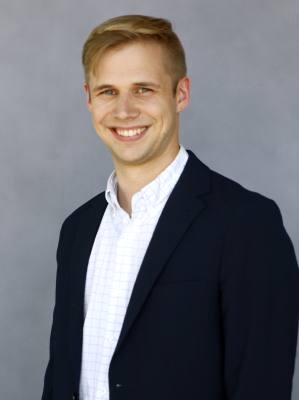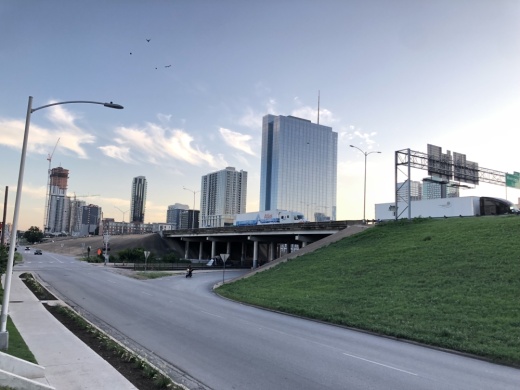The project would work simultaneously with the Texas Department of Transportation’s $4.9 billion overhaul of I-35 in Central Austin to create widened bridges, referred to as stitches, and decks, referred to as caps, over the highway from East Cesar Chavez Street to Airport Boulevard.
Mike Trimble, director of the corridor program office, said preliminary estimates suggest the cost to build the caps will be between $700 million-$800 million, including $450 million-$500 million for the cap structure and $250 million-$300 million for amenities and facilities on the surface.
“Really preliminary right now, and we really need to work with the community over this next year to start to develop what those desired amenities and improvements should be on the caps, and that will give us a much better understanding of what those cost estimates will be,” Trimble said.
Trimble said the $1.2 trillion federal infrastructure bill passed in November presents the city with potential funding options. In particular, the law intends to direct funding to projects that “reconnect communities”—a priority for the cap and stitch project.
“We really want to make sure that we're improving the condition of the connections across [I-]35 but also seeing what we can do to address this legacy of I-35, as it's been this kind of east-west divide barrier for our community,” Trimble said.
Mayor Pro Tem Alison Alter said the city should seek additional funding sources for the project, including investments and donations from the private sector and the University of Texas.
“This can't just be on the city, and we really do need people to come up, and there's some really good examples of that right here in our own state,” Alter said.
Trimble said the corridor program office plans to get back to council with a more detailed funding plan within the next six months.





